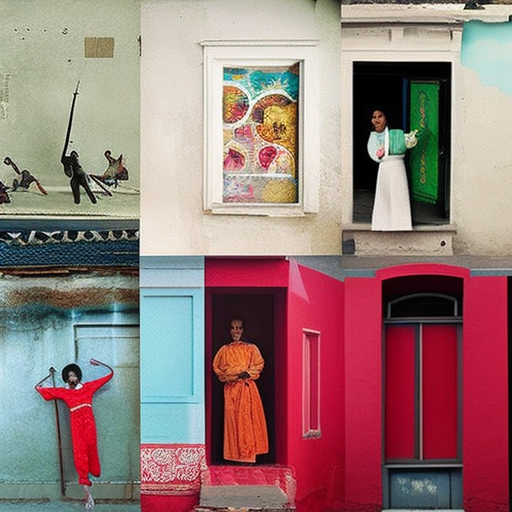Cultural Commentary: An Overview
Cultural commentary refers to the analysis and interpretation of various aspects of society, including art, literature, film, music, and popular culture. It involves examining the social, political, and historical contexts in which cultural artifacts are created and consumed, as well as the meanings and messages they convey. Cultural commentators critically engage with these artifacts to provide insights into their significance and impact on society.
The Role of Cultural Commentary
Cultural commentary plays a crucial role in shaping public discourse and understanding. It helps us make sense of the world around us by offering different perspectives and interpretations of cultural phenomena. By examining the underlying themes, symbols, and ideologies present in cultural artifacts, commentators shed light on the broader social and cultural issues they reflect.
Cultural commentary also serves as a form of critique, challenging dominant narratives and questioning the status quo. It encourages critical thinking and fosters dialogue about important social issues, such as race, gender, identity, and power dynamics. Through their analysis, commentators highlight the ways in which cultural artifacts both reflect and shape society, influencing our beliefs, values, and behaviors.
Methods and Approaches
Cultural commentators employ various methods and approaches to analyze and interpret cultural artifacts. They draw on disciplines such as sociology, anthropology, literary criticism, and media studies to provide a multidimensional understanding of the subject matter. Some common approaches include:
Historical Analysis: Examining the historical context in which a cultural artifact was created, including the social, political, and economic conditions of the time, to understand its significance and impact.
Semiotics: Analyzing the signs, symbols, and meanings embedded in cultural artifacts to decipher the messages they convey and the ideologies they promote.
Intersectionality: Considering how different social identities, such as race, gender, class, and sexuality, intersect and influence the production and reception of cultural artifacts.
Postcolonial Critique: Examining the ways in which cultural artifacts reflect and perpetuate colonial power dynamics, as well as challenging Eurocentric perspectives and promoting decolonization.
Examples of Cultural Commentary
Cultural commentary can take various forms, including essays, articles, books, podcasts, and documentaries. It can focus on a wide range of topics, from analyzing the representation of women in film to critiquing the commodification of art in the digital age. Here are a few examples of cultural commentary:
- An essay analyzing the portrayal of race in a popular television series, exploring how it reinforces or challenges racial stereotypes.
- A podcast episode discussing the influence of social media on body image and self-esteem, examining the impact of beauty standards perpetuated by influencers and advertisers.
- A book critiquing the appropriation of indigenous art by mainstream fashion brands, highlighting the importance of cultural respect and intellectual property rights.
- An article examining the political undertones of a contemporary art exhibition, unpacking the artist’s intentions and the ways in which their work engages with current social issues.
The Importance of Cultural Commentary
Cultural commentary plays a vital role in fostering critical thinking, promoting cultural understanding, and challenging societal norms. By analyzing and interpreting cultural artifacts, commentators provide valuable insights into the complexities of our world and encourage us to question and engage with the culture around us. It helps us navigate the vast landscape of art and culture, enabling us to appreciate and critique the diverse forms of expression that shape our society.












